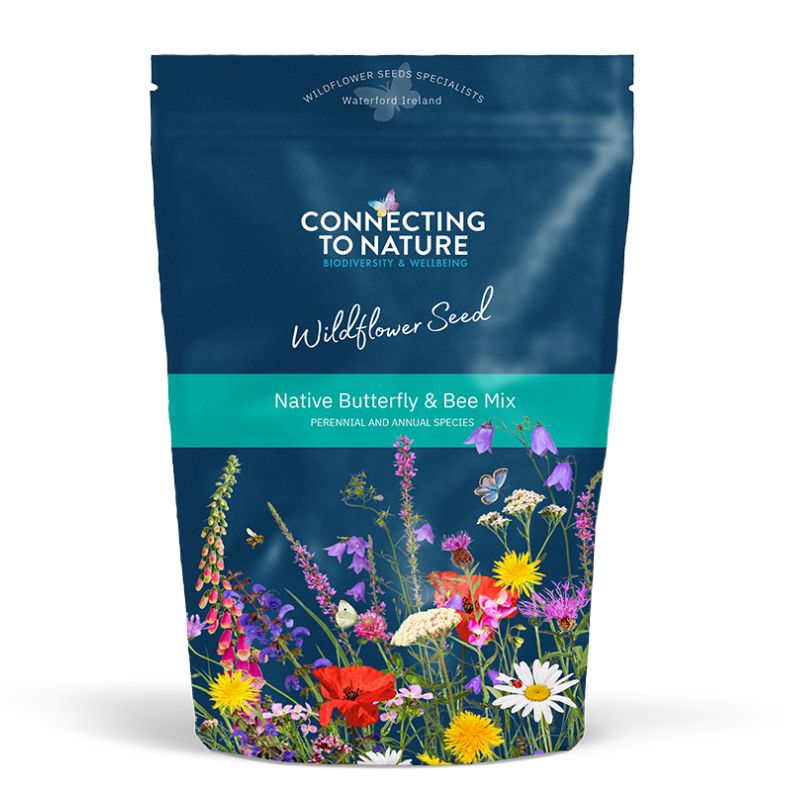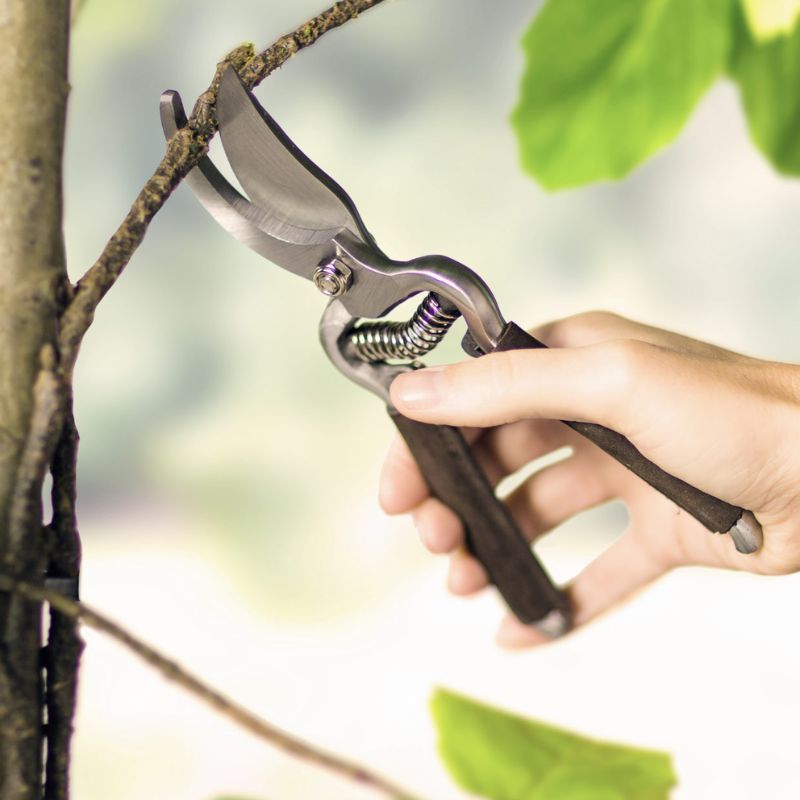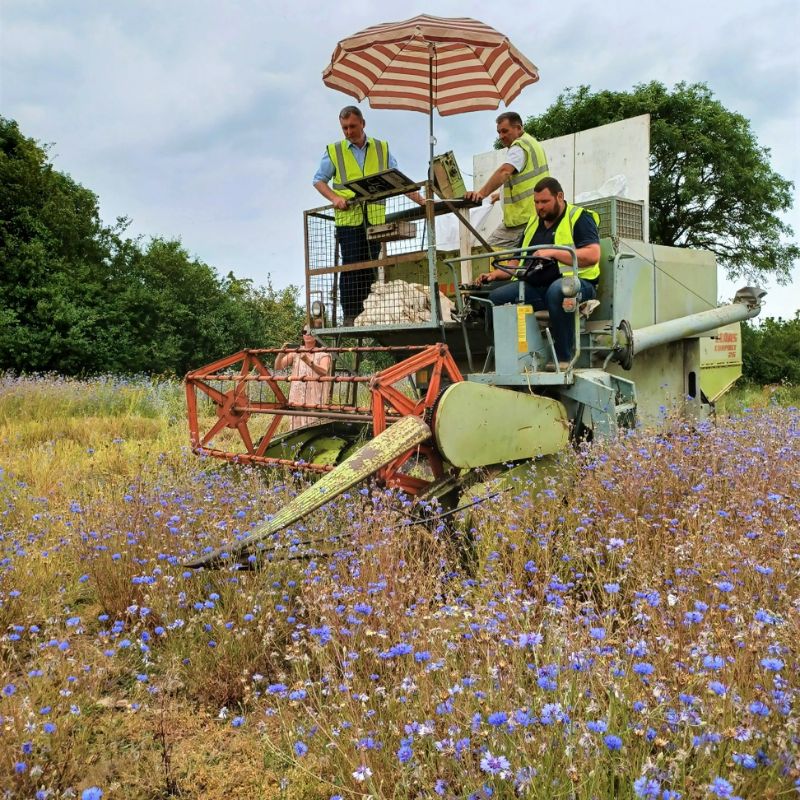How to attract birds to your feeder?
As the days get colder and shorter, natural food sources diminish, and wild birds have less time to forage. They become increasingly dependent on the food we provide for them as an essential supplement to what they can find during the challenging times of the year.
If you too feed the garden birds regularly, you'll understand when I say; it feels good to do good!
5 ways to attract wild birds to your garden
1. Offer a variety of ingredients to attract a diversity of species
Different birds eat different ingredients; for example, soft beak eaters love raisins and mealworms, seed eaters love sunflower hearts, and almost all birds love suet coated oat flakes. So, offering a good quality, varied bird food mixture along with kitchen scraps such as fruit will attract a variety of different wild birds to your feeder.
Depending on the time of year, birds will have different nutritional requirements. As the cold winter days approach, wild birds will be searching for high energy foods such as suet coated oat flakes, suet coated wheat flakes, peanuts and Fat Balls to help build up fat reserves.
2. Choose a suitable location to hang your bird feeder
Consider human activity
Birds prefer not to be disturbed by humans while feeding. Placing one of your feeders in a quiet part of the garden will provide a safe environment for them to feed. However, birds do get comfortable and used to human movement with time. Therefore, place another one of your feeders in a more visible area of the garden and offer a consistent and reliable food source. You will notice that they will soon get comfortable with their surroundings and visit this feeder more regularly.
Proximity to a tree or viewpoint
Before flying to your birdseed feeder or bird table, most common garden birds will perch and observe the feeder for danger. You may notice what looks like a que in a nearby tree or bush as the birds wait until other birds higher up in the pecking order have eaten before moving from the tree to the feeder. Locating the feeder close to a tree will give smaller, less dominant birds a better chance to feed.
3. How many bird feeders should I hang in my garden?
The number of bird feeders will depend on the size of your garden. Hanging at least two different types of feeders and spacing them out around the garden will prevent dominant birds from policing the food and give more birds a chance to eat.
4. Offer quality over quantity
Using a high quality bird seed mix will ensure the wild birds have a nutritionally balanced diet; you also won't need to feed as much as the mixture will include only ingredients that most common garden birds can eat. Connecting to Nature wild bird food mixtures contain no 'filler'. Cheaper mixes tend to be bulked with cheap grains like wheat which most common birds won't eat. These grains will be left behind or scattered on the ground as the birds search out the more nutritional ingredients. Feeding a high quality mixture means all ingredients will be eaten entirely away.
5. Availability of food
Offering a consistent and reliable food source will allow the birds to recognise your garden as their feeding point. It may take a little while for them to discover the new food source, but once they do, you can expect them to return and rely on your feeders for supplementary feed.
Check your feeder daily and top up as necessary to ensure the availability of food is consistent.
Feeding wild birds is a wonderful way to feel closer to the natural and living world. Studies show that increasing people's connection with nature boosts happiness – and that being around more bird species generates as much satisfaction as earning €124 extra a month.
Connecting to nature is a relationship that makes us feel good.
Ground yourself in nature.
Bird Feed Recommendations
Our High Energy, No Mess Wild Bird Food Mix contains all of these essential ingredients needed to help our feathered friends build up their fat reserves to get through the challenging months of winter.
The All Seasons Mix is designed for year-round feeding to ensure Irish wild birds have a nutritionally balanced diet all year round.













